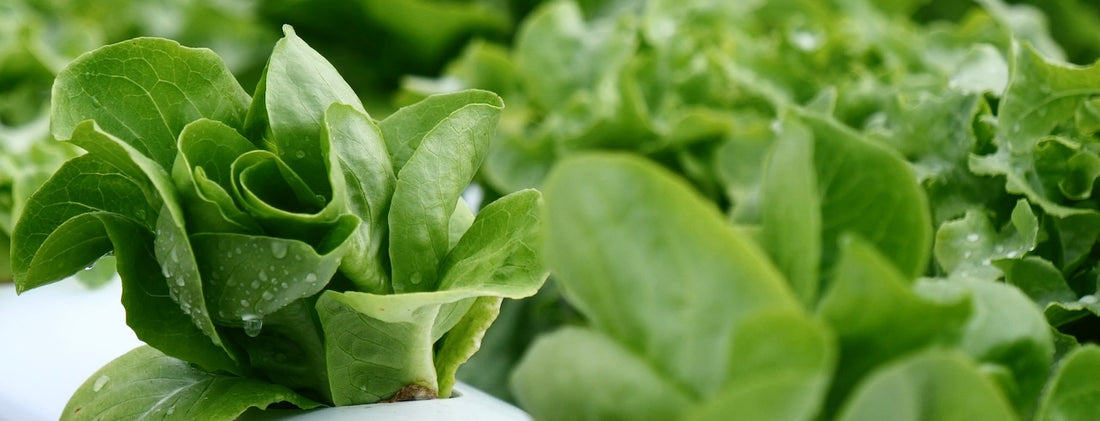A-Grade Hydroponics presents a handy Conversion Chart for those growers still using the truncheon ppm Meters.
What is EC?
Electrical conductivity or EC as it relates to hydroponics is a measure of the dissolved salt content in any given aqueous solution.
The more hydroponic nutrient you add to your water the higher the EC will be.
EC is the primary measurement used in assessing how much nutrient to give a plant at any given point in its life cycle. As plants grow they require more nutrition to stay strong and healthy, young plants will usually require an EC of between 0.2 and 1.0 whereas fully mature flowering plants may require an EC of between 1.8 – 3.0
For horticultural purposes EC is the most accurate way to measure the concentration of nutrients in your mix however there are other units of measurement relating to this, these are Parts Per Million (PPM), Total Dissolved Solid (TDS) and Concentration Factor (CF).
What EC should I maintain?
EC (Electrical conductivity) requirements change as the plant grows from seedling into a mature plant. When your plants are young they require less food, so it makes sense that as the plant grows we increase the amount of food to fulfil the plant’s needs.
Seedling requirements: 0.4 – 1.0
Growth/Vegetative requirements: 1.0 – 1.8 EC
Bloom/Flowering requirements: 1.8 - 2.7 EC
Do I need to worry about pH still?
Yes, pH can never be ignored. Read below
What is pH?
Potential Hydrogen or PH is a measure of how acidic or alkaline any given liquid is.
Understanding and managing the PH of your nutrient mix is extremely important when growing hydroponically.
The PH scale ranges from 0 to 14 where 0 is the most acidic, 14 is the most alkaline and 7 is neutral.
Pure water has a PH of 7 whereas lemon juice which is acidic has a PH of around 2 and bleach which is alkaline has a PH of 12.
PH is important for hydroponic growers when we start thinking about feeding our plants, as we add different hydroponic nutrients, additives and boosters to our water these nutrients will have an effect on the PH of the mix, some nutrients will raise the PH and others will lower it, the key is once we have everything mixed up and we have ensured our EC is correct we then need to check our PH and adjust it if necessary.
PH is easily adjusted by using a ‘PH Up’ or PH Down’ solution sold at all good hydroponics stores. All plants have a preferred PH range that will ensure healthy vigorous growth, most plants like a slightly acidic range of between 5.5 and 6.5. If the PH of your solution falls out of the required range then the plant will be unable to take up and use key elements from the nutrient solution and thus deficiencies or toxicities will soon appear.
There are some very helpful videos online for those growers interested in learning about the chemical processes behind PH and PH changes however provided a grower knows their plants desired PH range and has the ability to measure and adjust the PH of their nutrient solution everything should be AOK.
What pH should I maintain?
The consensus for pH in a hydroponic system & coco coir is that it should be kept between 5.5 - 6.5 throughout the cycle, ideally in the growth/vegetative phase pH should be maintained at 5.6 - 6.1 - if the pH fluctuates too much the plant will be unable to uptake specific nutrients, so having the necessary equipment like a pH pen will save a lot of guesswork.
When the plants go into the flowering phase consistency is key ensuring the plant has a constant supply of the nutrients it requires, the preferred range in flower is 5.8 - 6.3 as different elements are required in the bloom phase, if this range was lower or higher the plant would be unable to absorb targeted nutrients, thus stifling development and severely impacting the end result.
If you don't have an EC or pH meter, check out the range here.
Thanks for reading.
#growwithus





